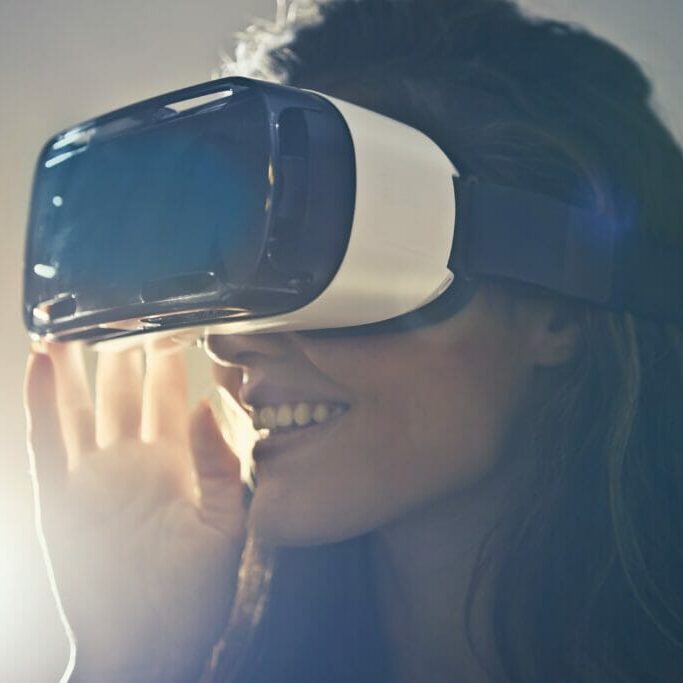
The show must go on
Local theatre production embraces technology and virtual reality
The COVID-19 pandemic has halted in-person plays nationwide since last spring, but a local performance company called Heist recently collaborated with other Canadian theatre companies to showcase Frequencies: a play presented entirely in virtual reality.
“There is no footprint and the possibilities are endless,” says Sylvia Bell, the virtual reality operator and production manager for Frequencies. “There’s no ending in what we can do to make entertainment, to make art and to make stories.”
A new way to tell stories

From Feb. 17 to 21, Heist presented Frequencies live through their website as they performed at the Bus Stop Theatre Co-op in Halifax. Written by local artists Aaron Collier with Francesca Ekwuyasi and Stewart Legere, Frequencies is one-part live techno concert and one-part autobiographical confession.
The play projects vivid animations through a virtual reality headset with cameras worn by the production manager. Using the headset, Bell sits as the created virtual reality moves around her: The camera on her head records three-dimensional drawings of children, planets and plants in a black-and-white palette. The play presents a conversation between a man and his dead brother.
“It’s such a big production,” Bell says. Frequencies was organized in partnership with Pi Theatre, Theatre Outre and Prairie Theatre Exchange, which provided funding and promoted the show in British Columbia, Winnipeg and Alberta. The play has been a three-year project in the making with its debut date originally set for June 2020. That was until the pandemic hit.
Due to COVID-19 restrictions, Bell says “the direction the show has gone in is really technically advanced, but also feels like the right way to tell the story.”
For Frequencies, Bell wears the reality headset for seven hours on performance days. She says she felt entirely out of her comfort zone at first, having never used virtual reality to direct theatre before.
“Am I the right person to be doing this?” Bell recalls having wondered. “Is the technology something we have access to? Can we do this? What will this look like?”
The future of theatre and technology
Heist recently hired personnel specialized in software design. Such technicians work in different categories: Coding, two-dimension and three-dimension graphics. Their job is also to remain next to Bell during all performances, ensuring virtual reality cables are properly connected.
“Technology may seem like a restriction compared to the old ways, but it’s actually forcing people to innovate and create new ideas,” says Alex Sinclair, one of the newly hired technicians. He says he feels amazed at the beauty coming out of virtual reality.
“There are things that you don’t expect. But as you are going through the process of transcribing the play, something pops up that would never have come just by reading the script out loud,” Sinclair says.
Bell likewise agrees with the benefits of experimenting with theatre and technology. Bell adds that even when COVID-19 ends, she sees a future for virtual reality theatre. One of her ideas is giving audience members individual virtual reality headsets.
“I think it will be really thrilling for our community to see all the possibilities out there if we look in the right direction for them.”






